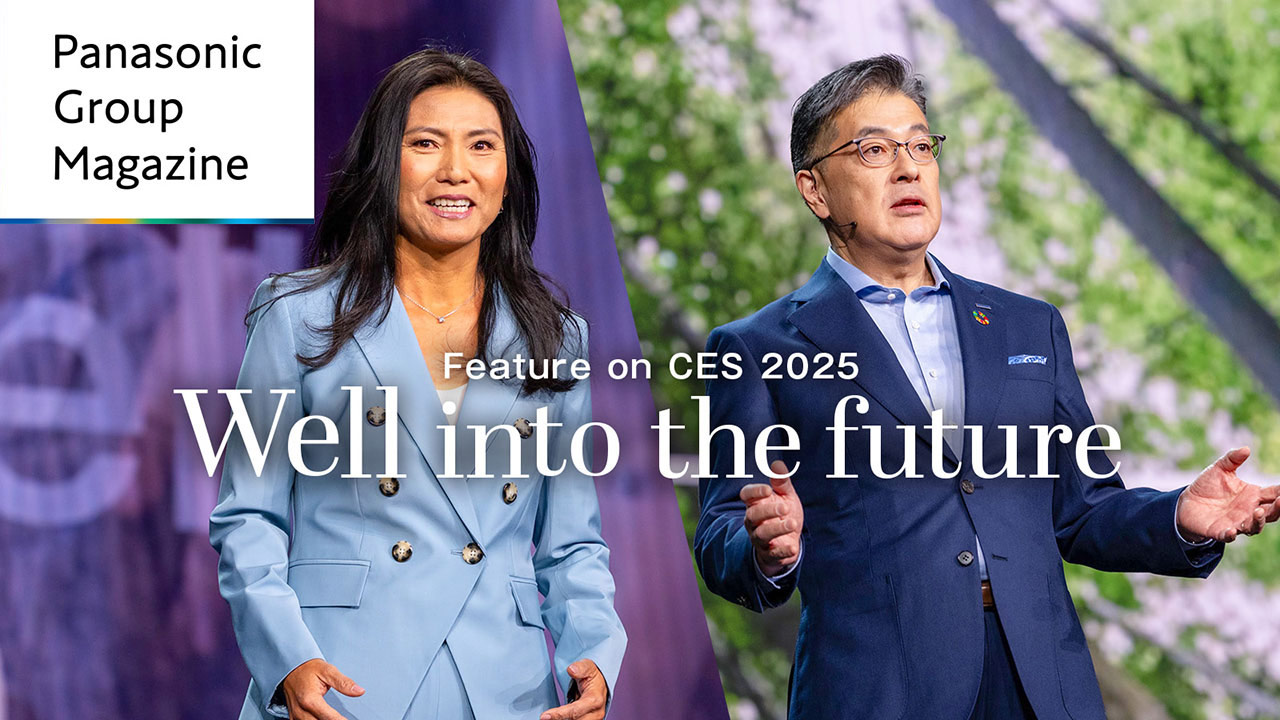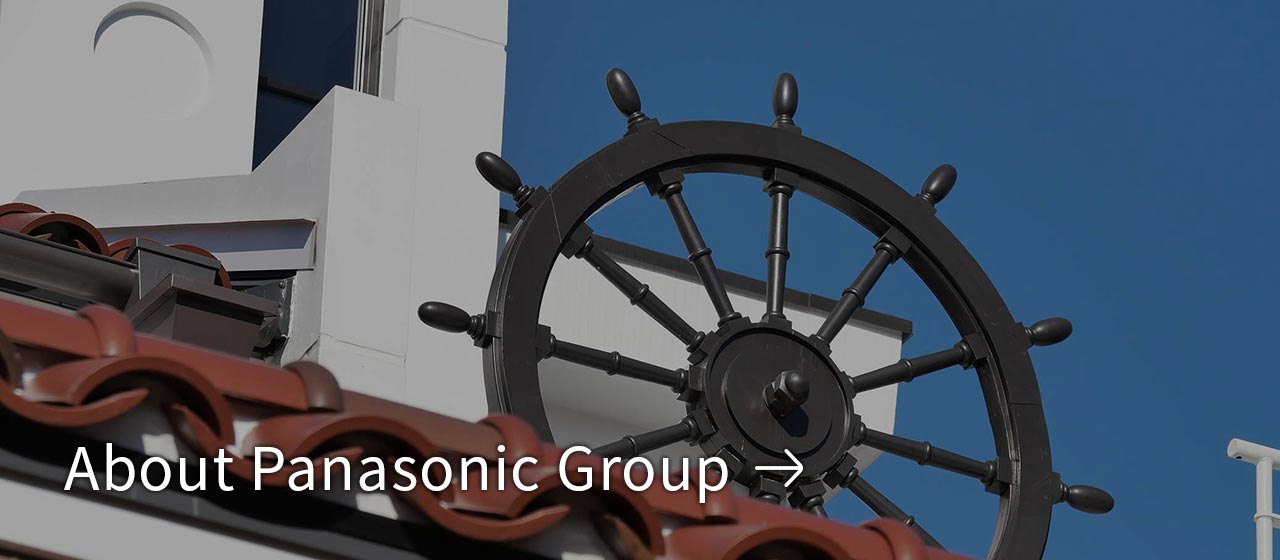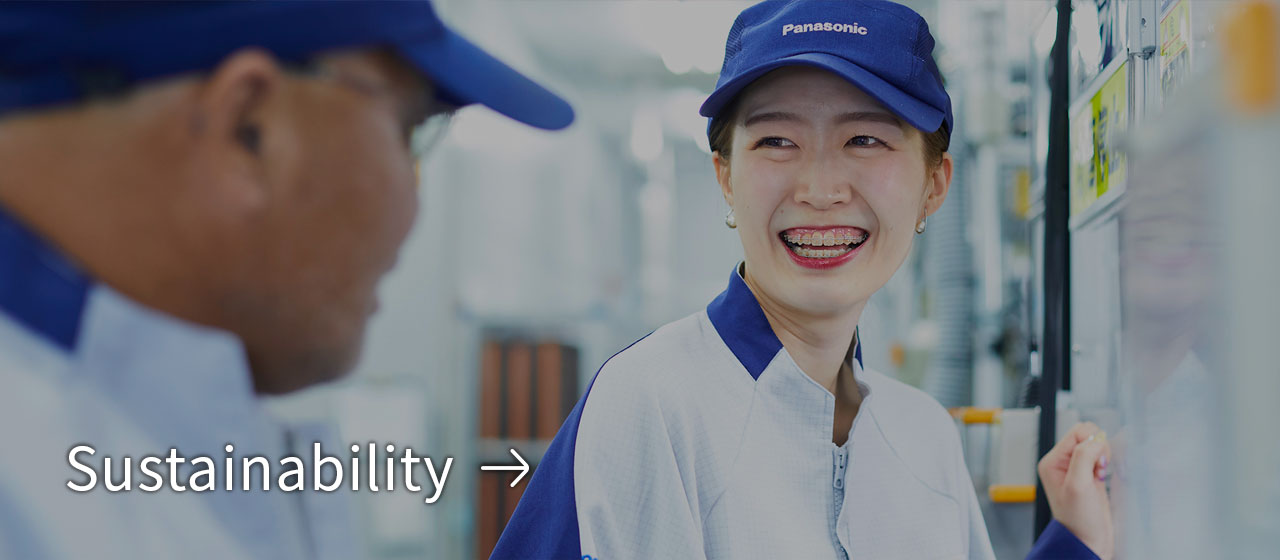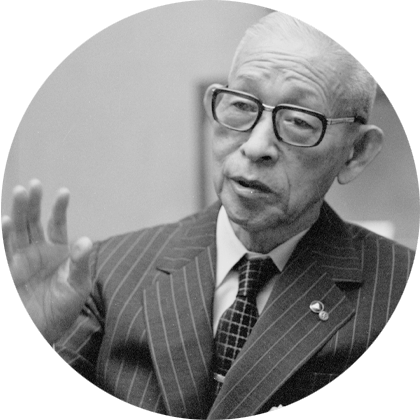Pick up
Panasonic Group Magazine
Well into the future
At CES 2025 in Las Vegas, Group CEO Yuki Kusumi delivered the opening keynote, highlighting the Panasonic Group's efforts to achieve its mission of realizing “an ideal society with affluence both in matter and mind.” He showcased innovative technologies aimed at enhancing social sustainability and people’s health, comfort, and safety.
Expo 2025 Osaka, Kansai, Japan Panasonic Group Pavilion “The Land of NOMO”
At “The Land of NOMO,” we hope to provide an opportunity for every child to have the “strength to believe in themselves and the courage to take the first step” through experiences that will change their mindsets.
Global Network
*Panasonic Holdings Corporation (“PHD”) has formed a strategic joint partnership with the Apollo Group in the business of Panasonic Automotive Systems Co., Ltd. (“PAS”). As a result, PAS is no longer a consolidated subsidiary of PHD, and Star Japan Holdings (including PAS as a sub-subsidiary) has become an equity-method affiliate of PHD. For more information, please refer to the following news release.
https://news.panasonic.com/global/press/en241202-6












